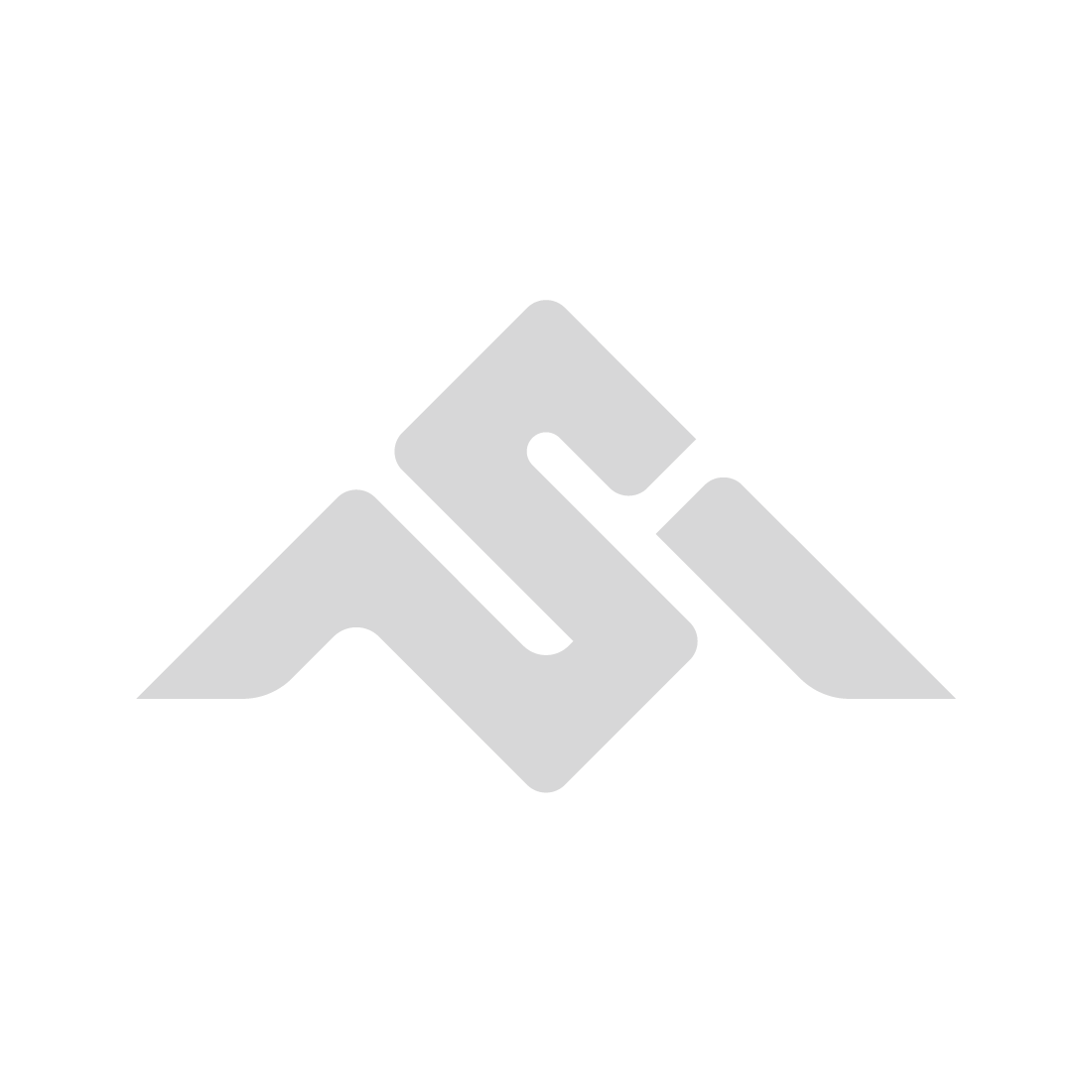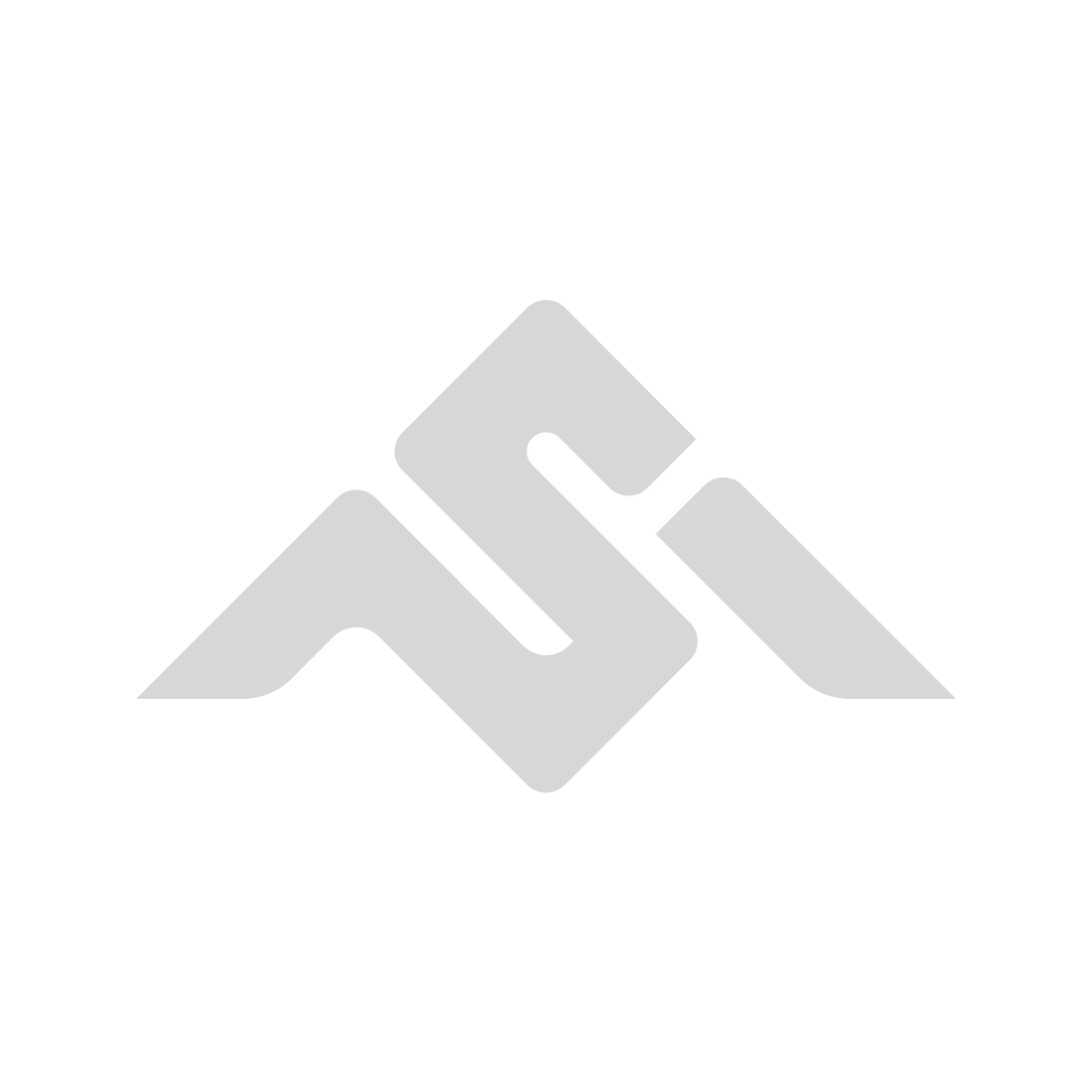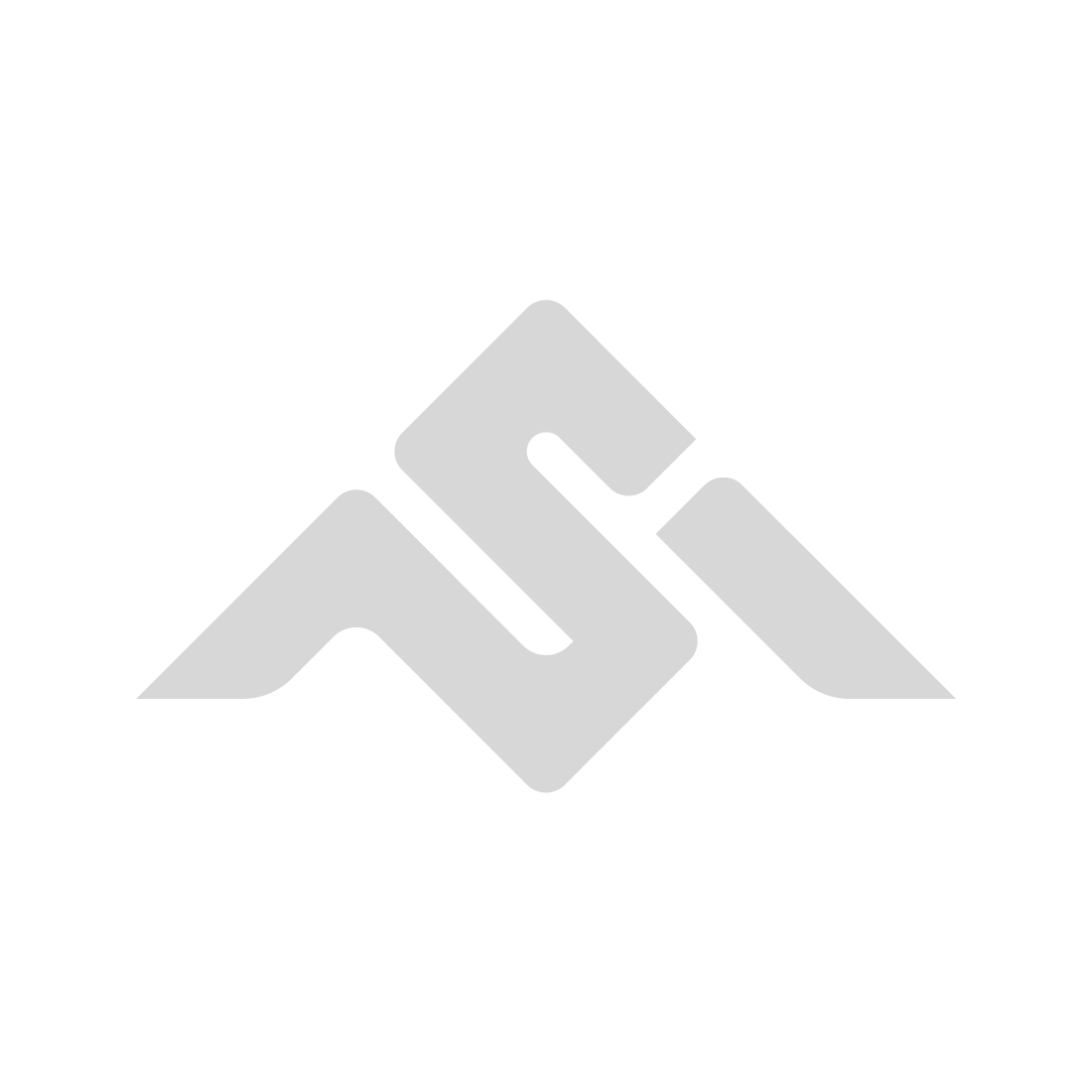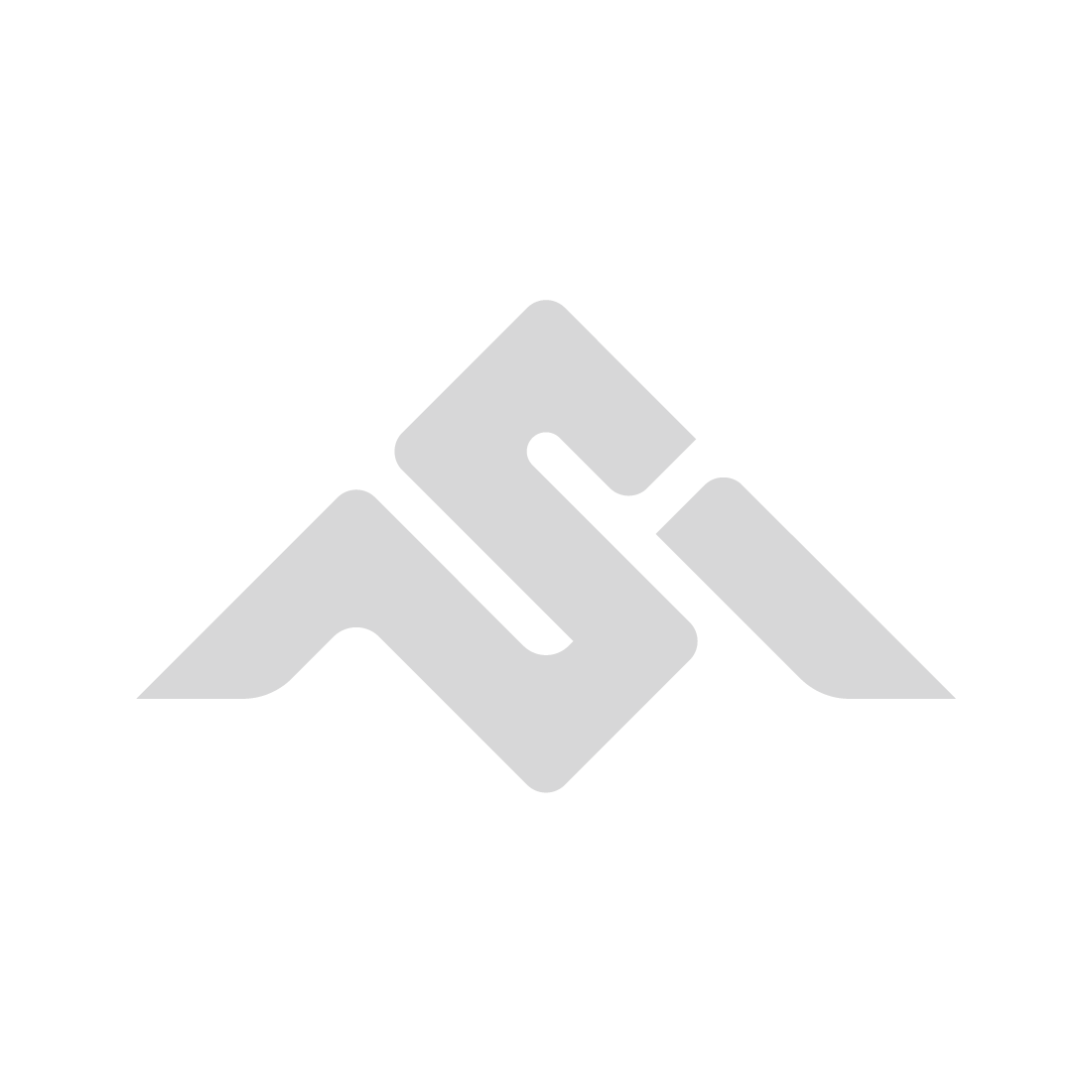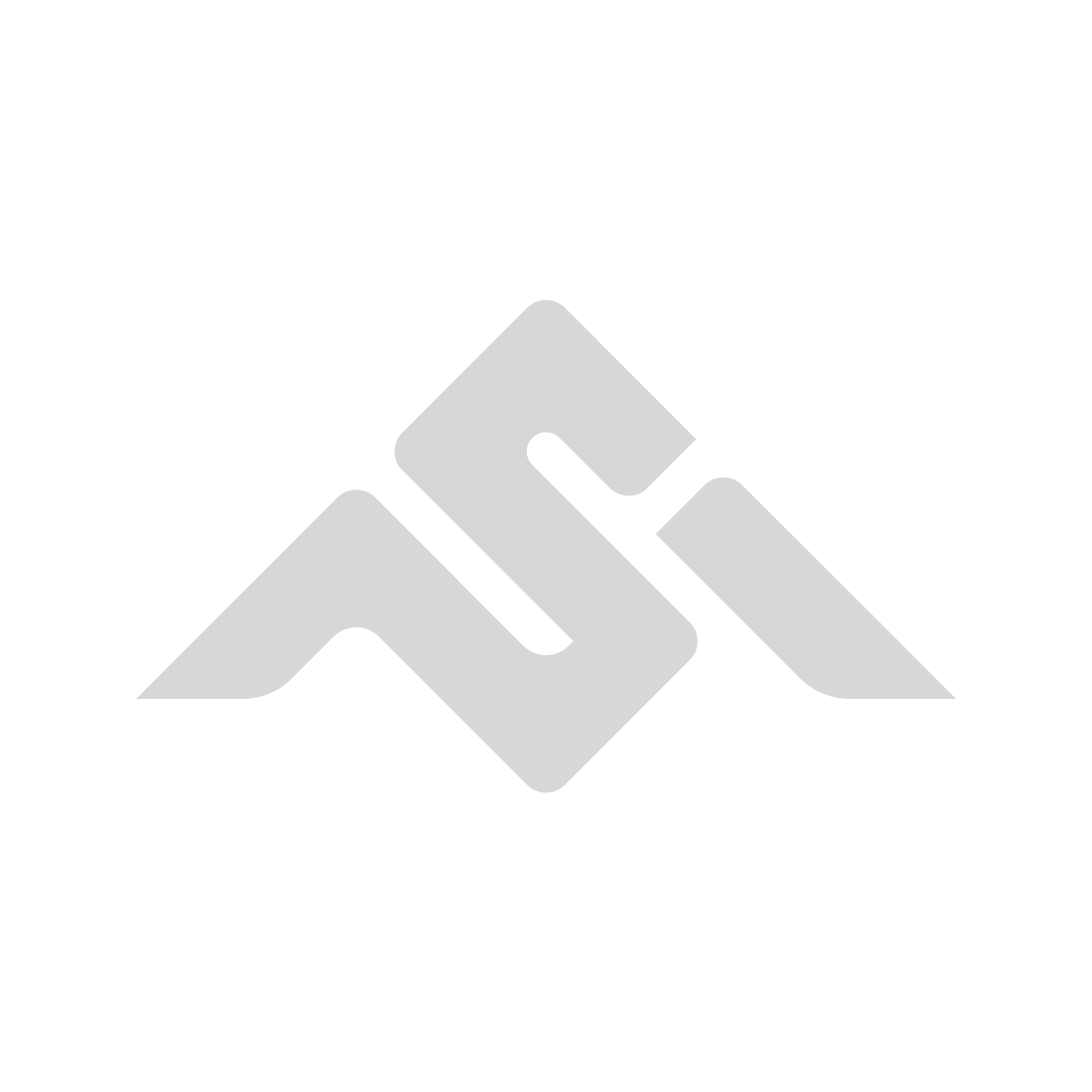We use cookies to ensure you get the best experience on our website. More Info.
How to chose your snowboard and the bindings ?
First you need to know which snowboard I'm going to buy, more freestyle, all mountain, freeride, 100% powder or a splitboard?
The Snowboard's differences.
A freestyle snowboard is twin tip (it is completely symmetrical) and the bindings are perfectly centered to be able to go in both directions (switch). They are also perfectly balanced which is useful in rail, box or ledge, it is so-called jiib.
The boards are also flexible and handy for linking modules.
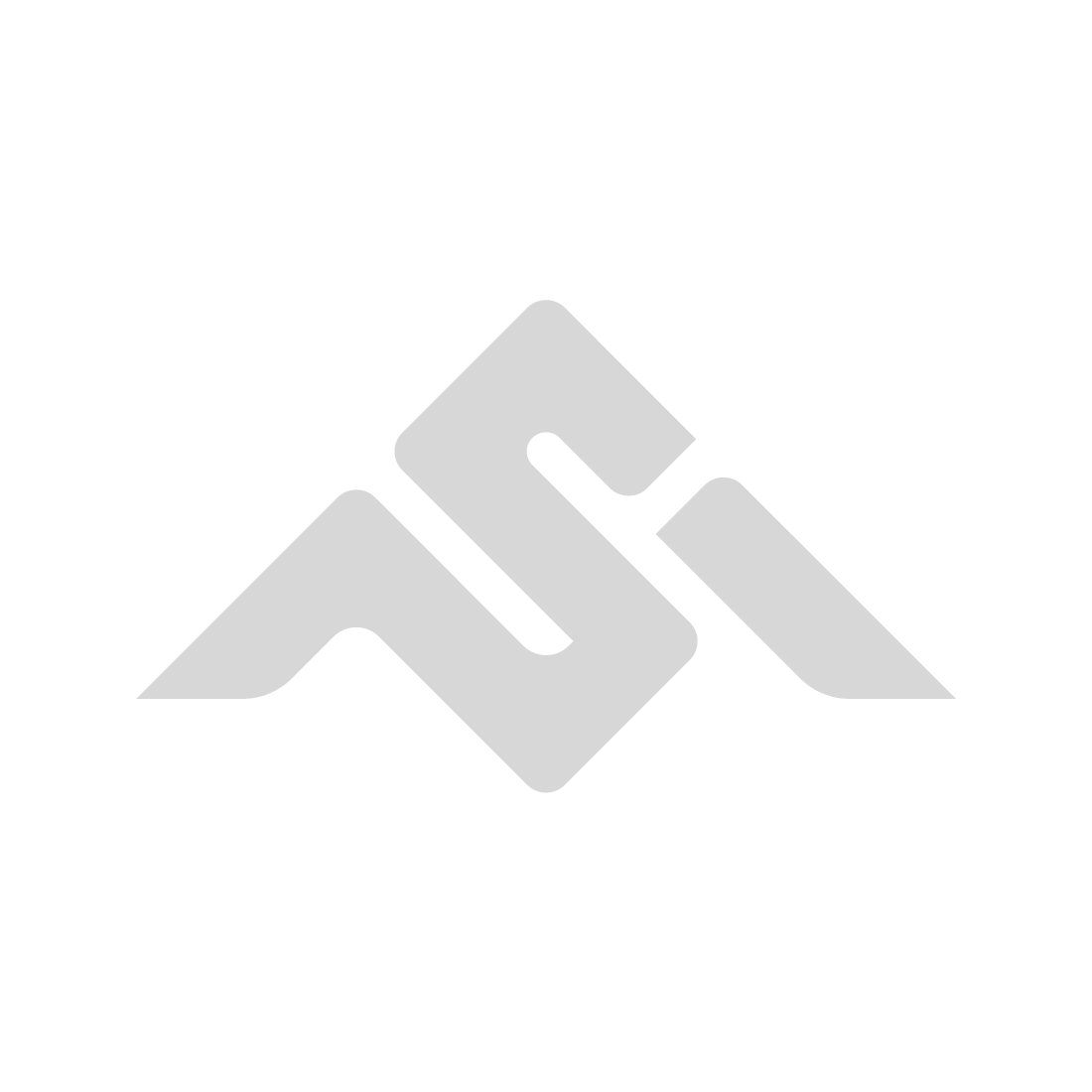
An all mountain board is directional and has a direction. To recognize the front of the back you have to see the longest part is the widest (the front), and the bindings are moved back compared to the middle of the board These are very good boards to start with because they are versatile.
The freeride boards are made for off piste, they are rigid and long for more stability and resistance on the stones they are very good carveuse, they are boards very performente.There are also boards, rather recent with a very directional shape, they are often short and wide, sometimes they have a swallow tail and are nice and agile but do not go on hard snow with.
And finally the splitboards that can be split in two or four and add sealskin to go up on "ski" then go down in snowboard. It is a freeride snowboard.
The length
If you want a freestyle snowboard you must remove around 20 cm of your own size. (A small board will facilitate rotation). Your board must reach you between the shoulder and the chin.
If you are a freeride pro it is better to opt for a larger board which will allow more lift in the curves and more maneuverability and stability at high speed. If you are still a little hot, you can choose a board which reaches us at eye level, and if we are really hot we can then take a board which reaches us at the forehead. Remove about 10cm.
For all mountain snowboard you must take a board with about -15cm of your size. A smaller board will facilitate your practice while a larger one will be more stable at high speed.
The Width
If you have a board that is too narrow, your boots will protrude on one side, and if it is too wide, it will be difficult to manage it.
There are 2 board widths;
- from 25 to 26, this is a standard board that covers most sizes.
- 26cm and over, board wide for the 45 and up. (Foot size).
What kind of "Camber"?
The camber of a snowboard is the curvature of the board when it is flat on the ground, which will make your board more or less tacky, stable, etc.
There are a lot of camber options available.
- classic cam, when your board is placed on the ground flat, it forms an arc upwards, perfect for carving, Classic cams are known for their stability, precision, pop and power in energy transmissions.
- flat cam, the whole board touches the ground when it is on the ground, more grip and more responsiveness. more stability than an inverted camber while being more tolerant, more playful and easier to ride than a traditional camber. The flat camber is the right option if you change terrain several times during the day.
- reverse camber, ends go up, turns are easier to trigger. Reverse cams are also very popular in the freestyle world.
-W cam or hybrid camber, more responsiveness, three rocker, nose, tail, and underfoot. This is the best option to enjoy the benefits of all other camber. you have a real camber under your feet this which greatly increases reactivity and pop
-camrock, composed of two rockers, one in nose and one in tail, this long section of camber offers more stability, more reactivity and more pop. The Camrock is the right option if you want to have the fluid sensations of a rocker, especially in powder, and the grip and nervousness of a classic camber.
The shape
The shape of a snowboard is the shape seen from above. The shape will affect its performance and some improve agility.
- Shape twin, 100% symmetrical, for freestyle, the bindings are perfectly in the middle of the board perfect for sending figures that require takeoff or a change of direction on landing

- Directional twin shape, it is a twin shape suitable for all mountain, it offers more maneuverability on hard and powdery snow, fixing slightly backwards. It is the most versatile shape
- directional shape, shape for freeride with a sense, the front of the board can be pointed and longer, the directional boards have a good grip in curve as well as at high speed. Thanks to a wider nose you can stay on the surface without making too much effort.
The flex
There are three types of flex; soft, medium, rigid.
-For beginners, take a flexible board.
-for confirmed you need a medium board.
-for advanced you need a rigid board.
The flex is represented on a scale of 1 to 10. The 1 being very flexible and the 10 very rigid.
How to chose the Bindings?
Bindings parts:
There are about fifty elements assembled to form the bindings.
- The Strap, Most bindings have a two strap system, a “toe strap” or front / toe strap or capstrap, and a rear strap or ankle strap or kick strap. The cap strap is the front strap which is comfortable and which also has the advantage of holding the front of the foot well while being comfortable. There are two large types of strap on the most common bindings, with or without trim. But comfort does not only depend on the thickness of the cushion, but also on the style we are looking for.
- The Frame or "base", this is the body of the fixing, on which the different elements are fixed (straps, spoiler, etc.). Depending on the different materials used, the flex will be different. The most common is polycarbonate, flexible and tolerant. Urethane, is the most flexible and the most "tweakable", we find in freestyle and park bindings. There is also reinforced nylon (fiberglass), the more fiberglass the more base will be rigid. Some brands use a metal / aluminum alloy that makes the base light and rigid.
- Pedal gas or Front toe, it is located at the front on the base, sometimes aimed and adjustable, allows better control of the supports, especially in the forehead. Also allows to raise the boots so that it is further from the snow, especially practical for big feet and extreme carvers.
- The disc, this is what allows you to connect to the board, with several standards There are different materials: plastic, metallic, alloys ...
- Heel arch / Heelcup named "Spoiler", This is the part of the base in which you wedge your heel (under the spoiler). There are two types, plastic and metal. The metal one is stronger than the plastic one but less comfortable because the plastic one is more flexible.
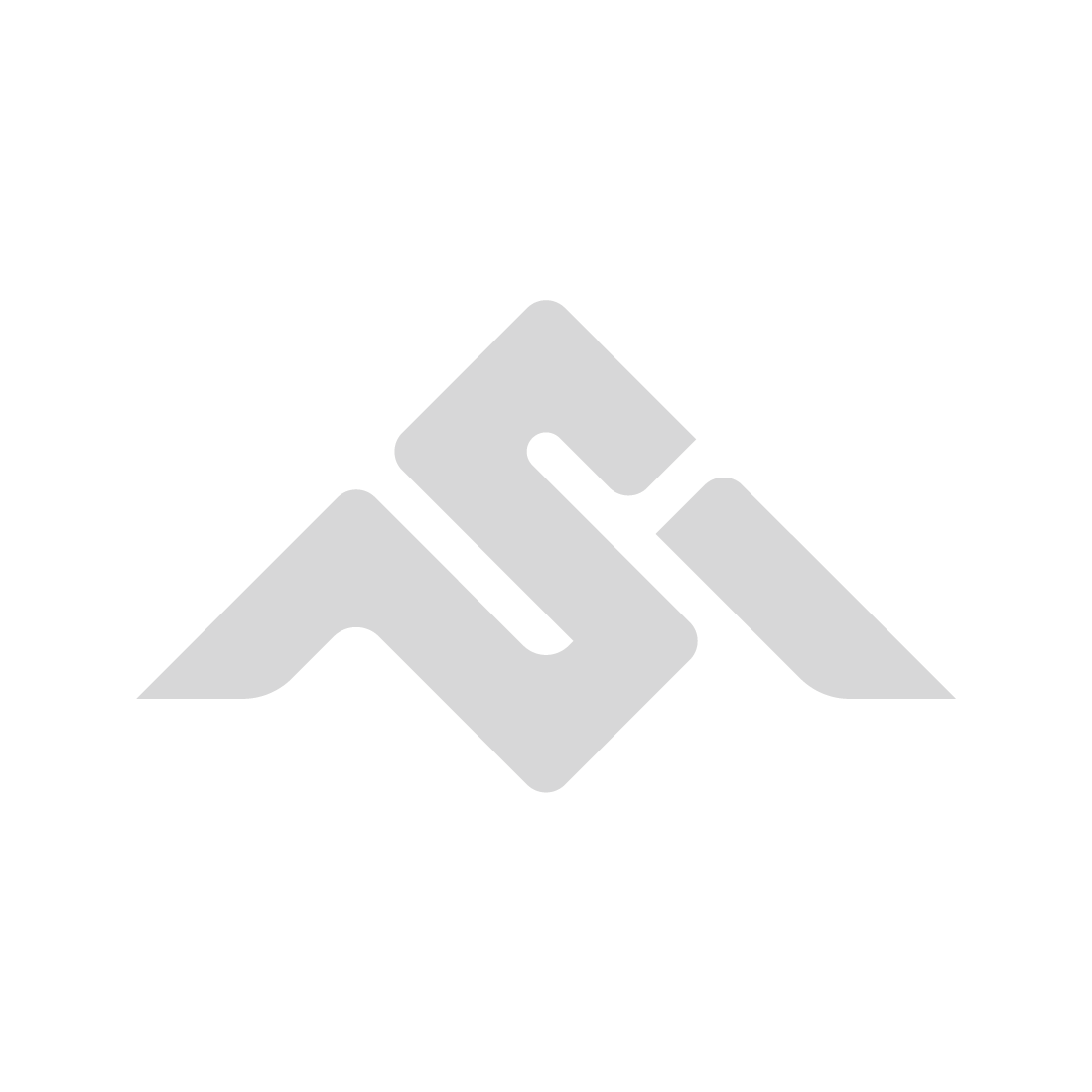
Your own ride's style:
For park or freestyle we will hang bindings with a more flexible flex for tweaks, on the contrary for freeride the bindings are much more rigid for more precision and power. And for the all mountaine we go rather on medium bindings to be able to enjoy the beautiful curves on the track and also to be able to enjoy the park.
It is a matter of taste, but in general the more flexible bindings are more tolerant, comfortable and easier to ride.The more rigid they offer more responsiveness but are also less comfortable and more technical.
Different Binding's kind:
- Strap in / Side entry, These are comfortable bindings, easy to put on and adjust, compatible with the vast majority of boots, and relatively inexpensive (there are good models from 150CHF).
- Rear and mixed entry, The principle is that you can enter the bindings from the rear, and that you wedge in by raising the spoiler. Their advantage is the super fast shoe but they are often at a higher price level. The disadvantage of this type of binding is that the entry from the back makes it difficult to put on powder.
- Plate bindings, These bindings are mainly used for alpine snowboarding, for parallel slaloms, and with very rigid boots, similar to alpine ski boots. Put it on with the heel and then close the lever on the front of the shoe.
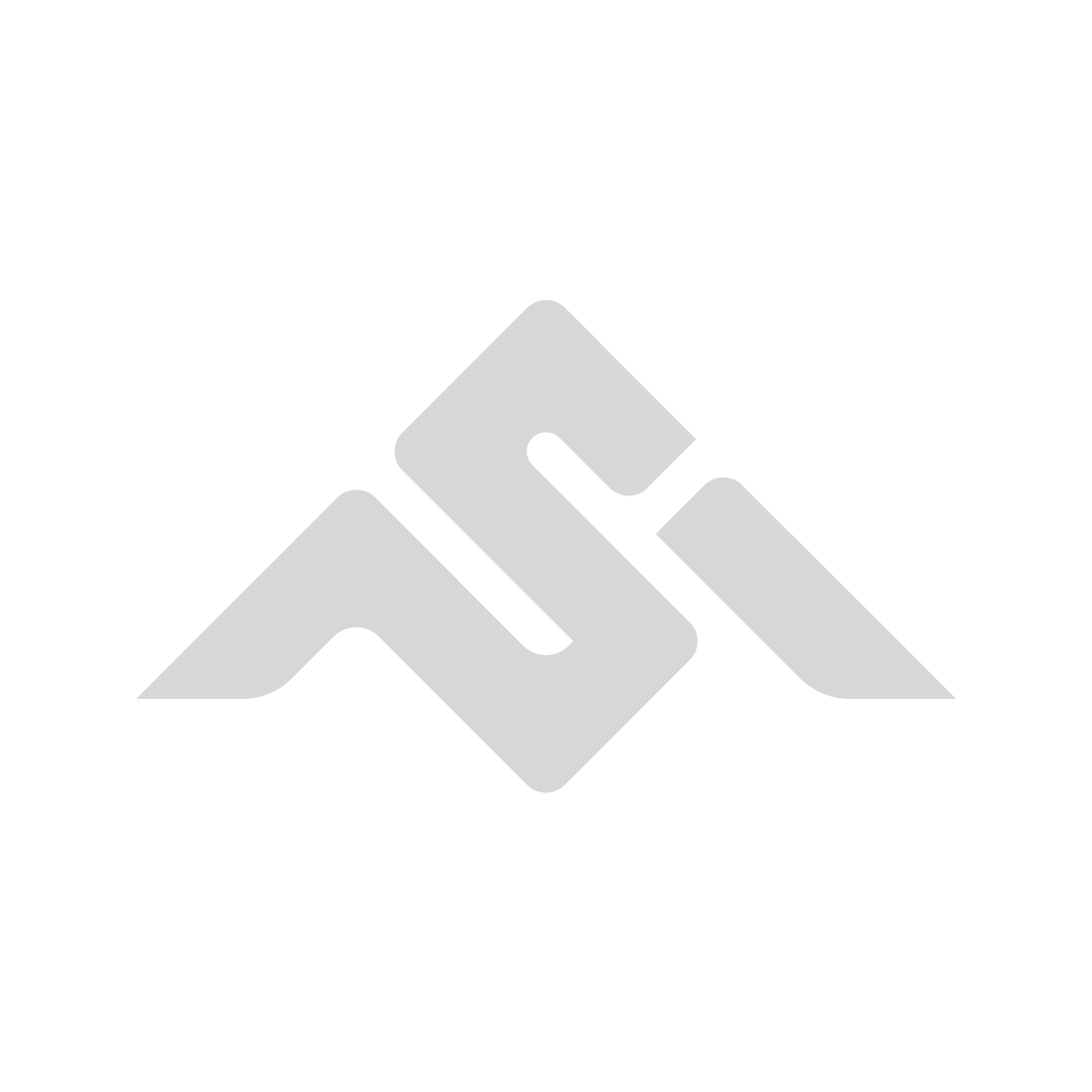
The Size:
The choice of the size of the binding is made in relation to the size of your shoe. For each fixing, an indicative correspondence is indicated on the bow.
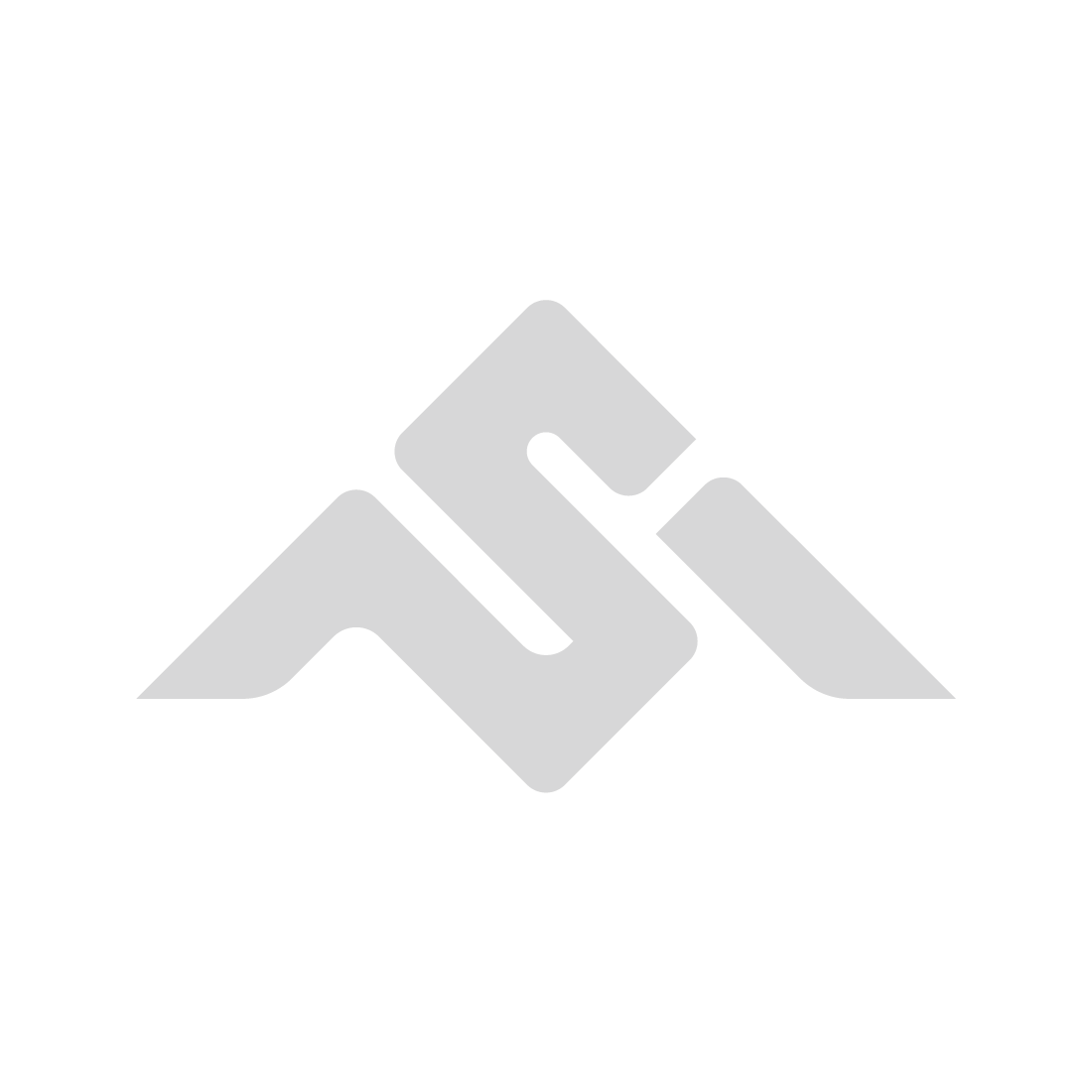
(Slipboard's bindings)

